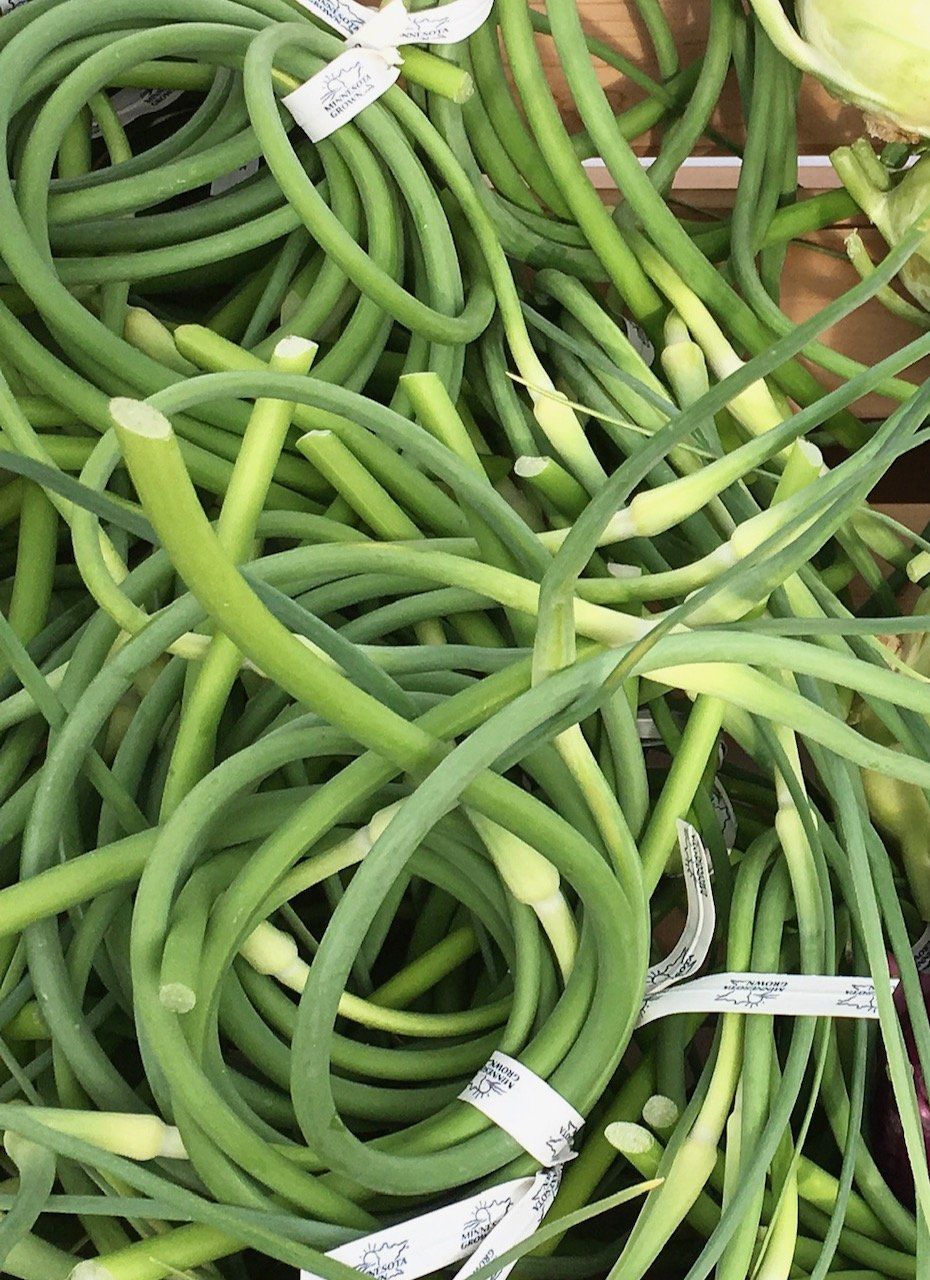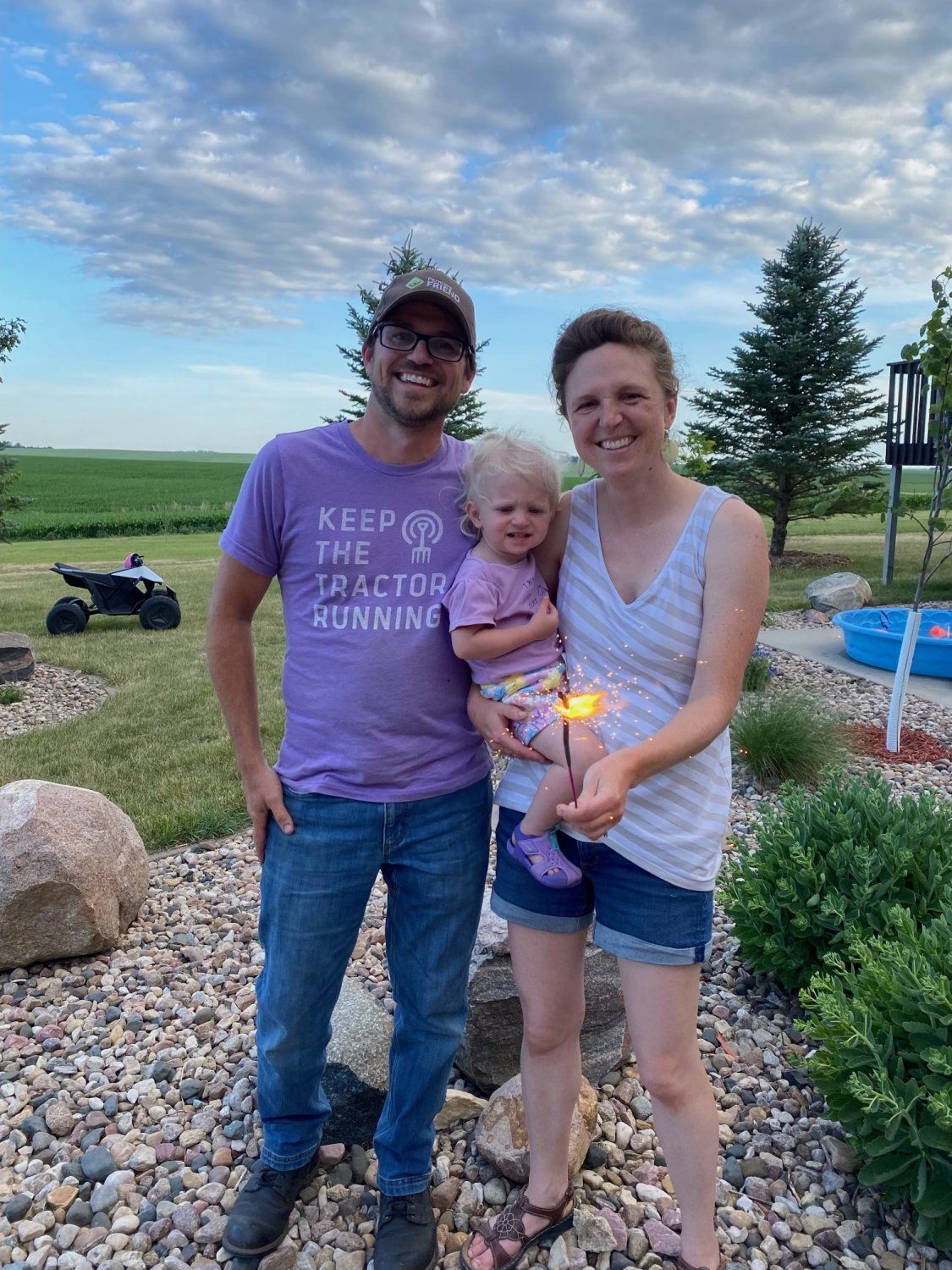This week we planted cover crops on some of our fields. Cover crops are a crop or mix of crops that are planted with out the intent to harvest them. Instead, the crop is left to grow until either just before it makes its seeds or before a cash crop is about to be planted. There are a ton of different cover crops ranging from annuals to perennials and grasses, legumes, brassicas (plants belonging to the same family of plants that cabbage, kale, brussels sprouts, broccoli and more belong) and more.
Farms like ours utilize cover crops for their many benefits from both environmental benefits to money saving benefits. There are several environmental benefits to planting cover crop including reducing erosion, providing habitat for insects, reducing fertilizer pollution in waterways and more. We also have noticed that our soil seems to be in better condition anywhere we've had a cover crop. Furthermore, weeds are suppressed by cover crops and so we end up having to spend less time and labor weeding when we use them.
Cover crops might seem like a magic bullet but they are not. They do come with their own set of challenges including providing habitat and/or cover for both not-so-beneficial insects and plant diseases. For example, we don't use any cover crop in the brassica family due to potential for disease spread to our future cash crops like cabbage, kohlrabi, kale, broccoli and more. Cover crops can also sometimes produce seeds due to not being able to terminate the cover crop in time - usually due to weather.
Still, they provide so many benefits that we love to keep using them! Below is a picture of a bed of lettuce with a cover crop planted on either side of it from last season.





